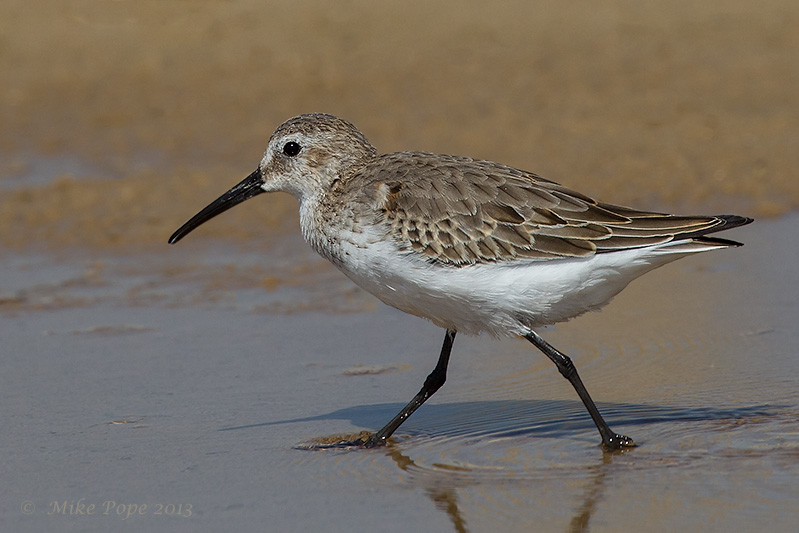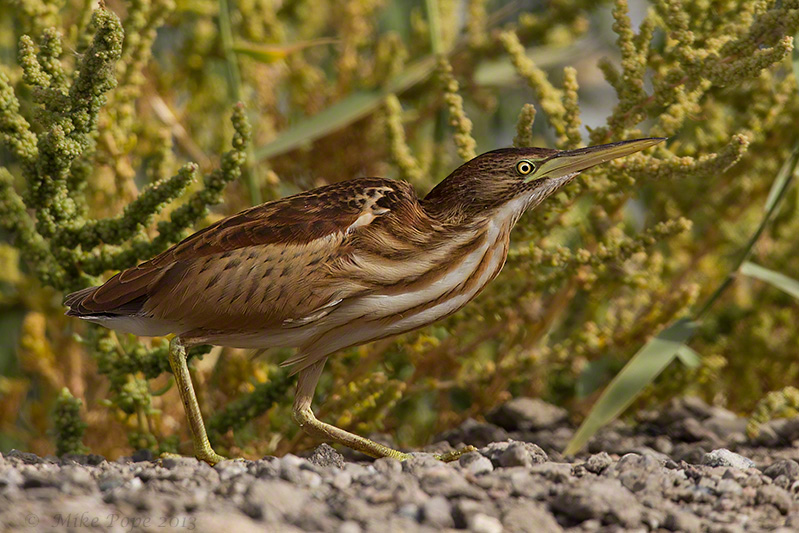I again visited the Sea City project at Khiran, but this time did not get out on the water.
Driving around the project, I came across an area flooded with some ground water being pumped out of a construction site by a generator. When I stopped to scan the area I saw that a number of waders had dropped in to forage for food in this temporary wet zone, which is quite typical of migratory birds - they will generally take advantage of any area where there is water, especially in a desert environment. As can be seen from the image below, this surface water is hardly worth a look - but it was!
 |
| Temporary surface water |
A few Common Redshank's made a quick getaway as I got closer, but the Common Greenshank was a little more obliging.
 |
| Common Greenshank (Tringa nebularia) |
 |
| Dunlin (Calidris alpina) |
This was followed by a number of Little Stint's
 |
| Little Stint (Calidris minuta) |
Also present were a few Common Ringed Plovers
 |
| Common Ringed Plover (Charadrius hiaticula) |
And Kentish Plover
 |
| Kentish Plover (Charadrius alexandrinus) |
Today there were almost no autumn passerine birds, as most have now passed through - it wont be long before the winter visitors start arriving as the temperatures slowly start cooling down.


















































